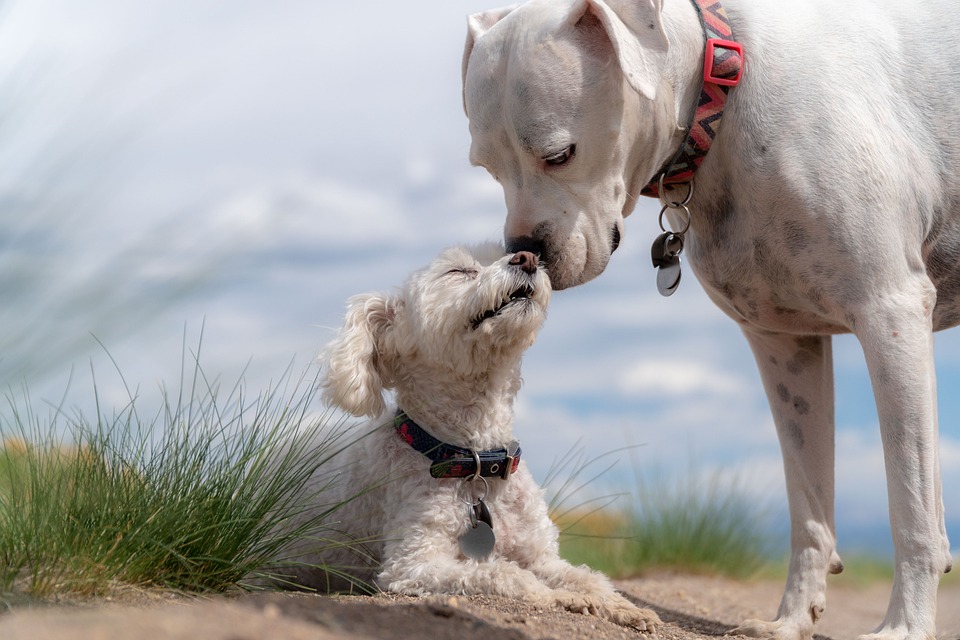Off-leash training is a valuable skill that every dog owner should aim to achieve. It allows your furry friend to enjoy the freedom of exploring their surroundings while still maintaining control and ensuring their safety. However, teaching your dog to listen without a leash requires patience, consistency, and effective training techniques. In this article, we will guide you through the process of mastering off-leash training, providing you with tips, tricks, and answers to frequently asked questions.
The importance of off-leash training cannot be overstated. Not only does it enhance your dog’s mental and physical stimulation, but it also strengthens the bond between you and your pet. Off-leash training promotes a greater level of trust and communication, allowing you to have a more enjoyable and fulfilling relationship with your dog.
Before embarking on off-leash training, it is essential to assess your dog’s readiness. Evaluate your dog’s obedience skills, recall response, and ability to remain focused in distracting environments. If your dog struggles with basic commands or has a low recall response, it may be necessary to work on these areas before attempting off-leash training.
Building a solid foundation is crucial for successful off-leash training. Start by establishing a reliable recall command, such as “come” or “here,” using positive reinforcement techniques. Gradually increase the difficulty level by practicing in various environments and distractions. Additionally, ensure your dog has a solid understanding of essential commands like “sit,” “stay,” and “leave it.” These commands form the foundation for off-leash training and reinforce your dog’s ability to obey your instructions.
When introducing off-leash training, it is best to start in a controlled environment. Begin in a secure, enclosed area to minimize distractions and potential safety risks. This controlled environment allows you to gradually build your dog’s confidence and reliability off the leash. You can also use long leads or training lines to provide a sense of freedom while maintaining control. This allows you to reinforce commands and ensure your dog’s safety during the early stages of off-leash training.
Implementing effective training techniques is essential for successful off-leash training. Positive reinforcement is key in this process. Reward your dog with treats, praise, or play whenever they respond to commands promptly and appropriately. Positive reinforcement encourages desired behaviors, making off-leash training a positive and enjoyable experience for both of you. Clicker training can also be incorporated to mark desired behaviors, strengthening the association between the action and the reward. This technique facilitates clear communication and accelerates your dog’s understanding of off-leash commands.
Common challenges may arise during off-leash training, such as dealing with distractions or addressing recall issues. Gradually expose your dog to increasing levels of distractions, ensuring they remain focused and responsive to your commands. Use high-value rewards and gradually build their tolerance to distractions over time. If your dog struggles with recall, revisit the basics and reinforce the recall command in various environments. Consider using a long lead or training line to provide additional control until your dog consistently responds to the recall command.
Now, let’s address some frequently asked questions about off-leash training. The duration of off-leash training varies depending on your dog’s breed, age, temperament, and previous training experiences. It can take several weeks to several months to achieve reliable off-leash obedience. Off-leash training can be accomplished with any dog breed, but some breeds may have a stronger instinctual drive or a higher tendency to wander, requiring additional training and precautions. While it may take more time and patience, off-leash training can be successfully accomplished with older dogs. Consistency, positive reinforcement, and adapting training techniques to suit your dog’s individual needs are key. Always prioritize your dog’s safety during off-leash training. Begin in secure environments, gradually progress to more challenging areas, and ensure your dog has reliable recall before venturing into unfamiliar or potentially dangerous locations.
In conclusion, mastering off-leash training is a rewarding journey that allows you to enjoy the freedom and joy of exploring the world with your well-trained canine companion. By understanding the basics, building a solid foundation, implementing effective training techniques, and troubleshooting common challenges, you can teach your dog to listen without a leash. Remember, patience, consistency, and positive reinforcement are the keys to success in this endeavor. Happy training!









